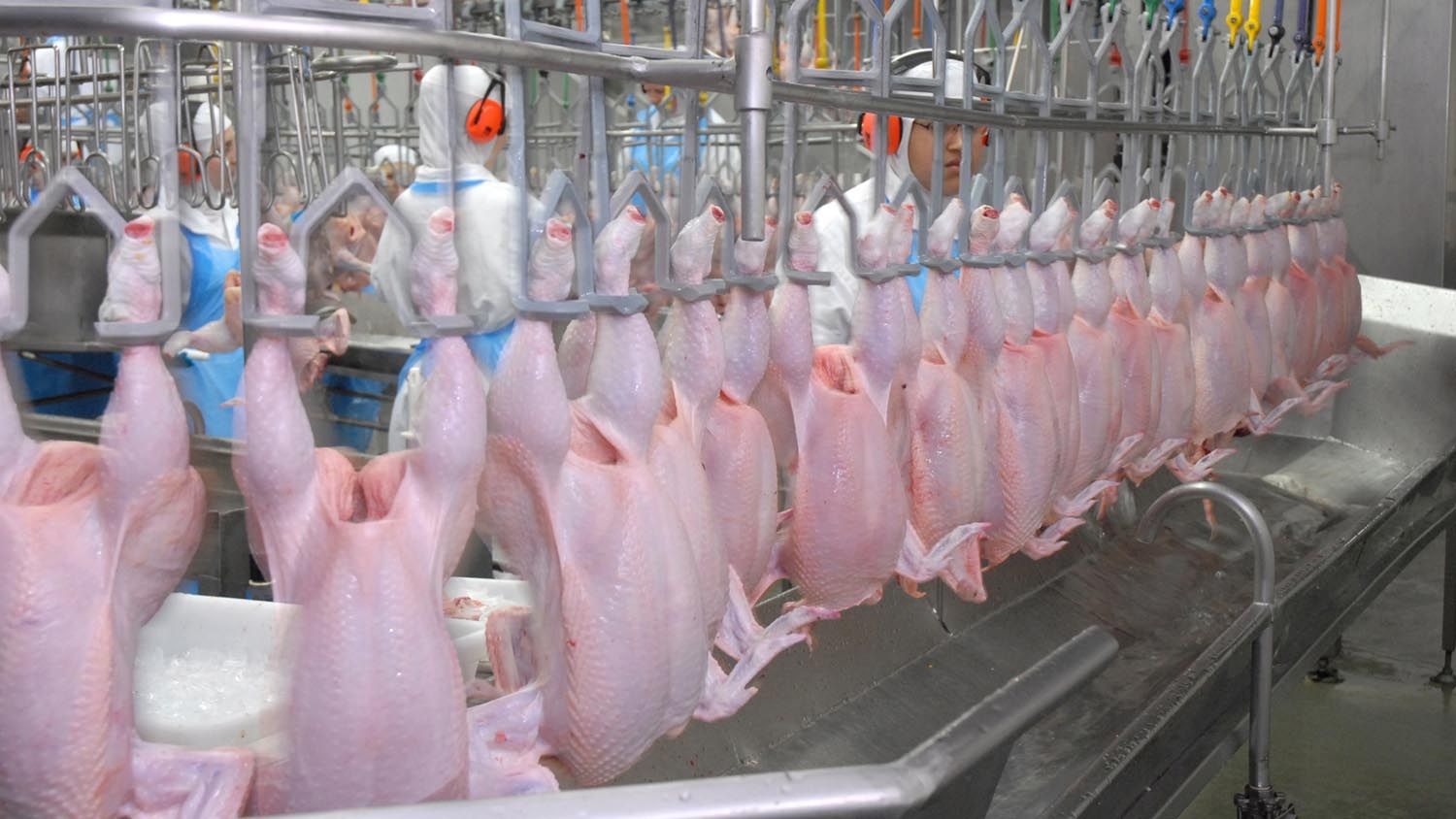Butchering chickens at home can be a rewarding and cost-effective way to ensure you know exactly where your food comes from. Whether you’re a homesteader or someone interested in sustainable living, this guide will provide you with the knowledge and steps to butcher chickens effectively and humanely.
Preparation Before Butchering Chickens
Gathering Supplies
Before beginning the butchering process, it’s essential to gather all necessary supplies. These include a sharp knife, a killing cone, a large pot for scalding, plucking equipment, and an evisceration table. Ensuring you have all these items on hand will make the process smoother and more efficient.
Choosing the Right Time
The best time to butcher chickens is early in the morning when temperatures are cooler. This helps in maintaining the quality of the meat and reduces the risk of spoilage. Additionally, withholding food from the chickens 12 to 24 hours before slaughter ensures their digestive tracts are empty.
How to Butcher a Chicken

Humanely Slaughtering Chickens
When it comes to how to kill a chicken, it’s crucial to prioritize humane methods. Using a killing cone is widely regarded as one of the most humane techniques. Place the chicken in the cone, head down, and make a swift cut to the carotid arteries. This method ensures a quick and humane death.
Scalding and Plucking
After slaughtering, the next step is to scald the chicken. Dip the bird in hot water (around 140°F to 150°F) for about 30 seconds. This loosens the feathers, making plucking easier. Once scalded, pluck the feathers by hand or use a mechanical plucker if you have one available.
Processing a Chicken

Evisceration
Evisceration involves removing the internal organs. Make a small incision below the breastbone and carefully remove the entrails. Be cautious not to puncture the intestines to avoid contamination. This step requires patience and precision, so take your time.
Cleaning and Chilling
Once eviscerated, thoroughly clean the chicken under cold running water to remove any remaining blood or debris. Chilling the meat immediately after cleaning is crucial. Place the chicken in ice water to lower its temperature quickly, which helps maintain freshness and prevents bacterial growth.
How to Process Chickens for Meat
Cutting and Packaging
After the chickens are adequately chilled, you can cut them into desired portions. Whether you prefer whole chickens, quarters, or boneless cuts, ensure each piece is uniform. Proper packaging is vital to maintain meat quality. Vacuum sealing or wrapping in butcher paper works well for long-term storage.
Freezing and Storage
For extended storage, freeze the processed chicken. Label each package with the date to keep track of freshness. Properly stored chicken can last up to a year in the freezer, providing you with a sustainable source of meat for months to come.
Best Practices for Butchering Chickens at Home

Sanitation and Safety
Maintaining cleanliness throughout the butchering process is paramount. Regularly sanitize your tools and work surfaces to prevent contamination. Wearing gloves and protective clothing adds an extra layer of safety and hygiene.
Ethical Considerations
Butchering chickens involves significant ethical considerations. Always handle your poultry with respect and ensure that the process is as quick and painless as possible. This not only aligns with humane practices but also results in higher-quality meat.
Conclusion
Butchering chickens at home requires careful preparation, humane slaughtering techniques, and meticulous processing to ensure high-quality meat. By following this step-by-step guide, you can successfully butcher chickens and enjoy the benefits of self-sustained, fresh poultry. Remember, the key to successful chicken butchering lies in patience, practice, and adherence

